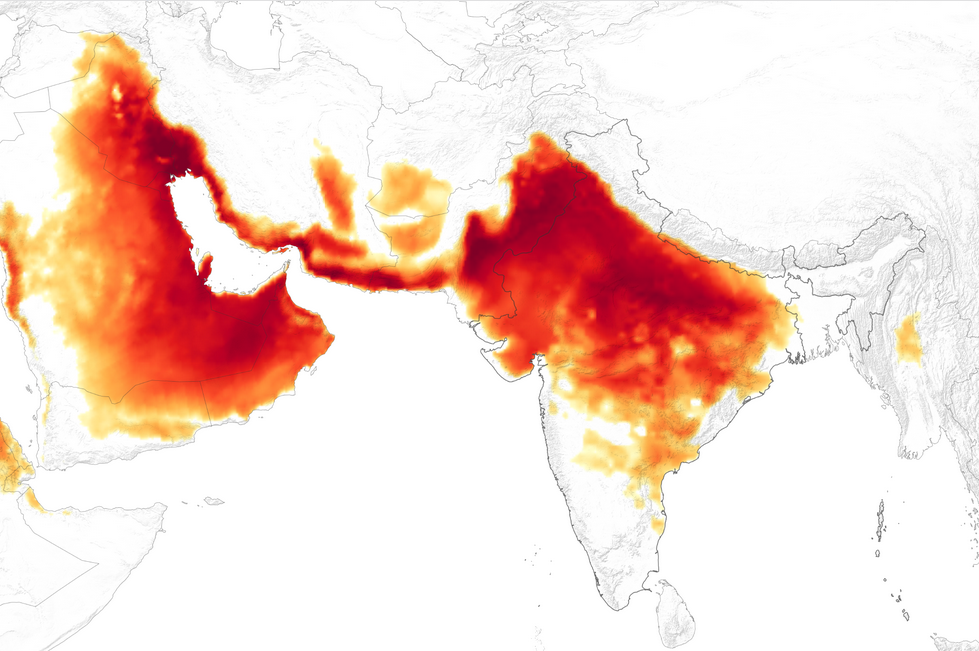Heatwave in India
Heat-related conditions can pose significant risks to individuals, particularly during heatwaves. It is crucial to understand these conditions, their symptoms, and preventive measures to ensure the well-being of the population. Recently, the Union Health Minister held a meeting with key officials to address the heatwave situation in the country.
Meeting to Address Heatwave Risks
Mansukh Mandaviya convened a meeting with officials from the India Meteorological Department, National Disaster Management Authority, and the Health Ministry to discuss the alarming heatwave situation. During the meeting, he announced the deployment of central teams to the affected states, aiming to guide the governments and provide necessary support.
Understanding Heat Exhaustion and Heat Stroke
Heat exhaustion is a condition in which the body sweats excessively to regulate its core temperature. This can cause fatigue and dehydration, but it is unlikely to be fatal. However, heat stroke is a severe condition that occurs when the body’s core temperature rises rapidly, and it becomes unable to sweat and cool down. Heat stroke can lead to organ dysfunction and may be life-threatening.
Recognizing Symptoms and Seeking Medical Assistance
In cases of heat stroke, immediate medical attention is crucial. Individuals experiencing high body temperature without sweating, drowsiness, vomiting, reduced urine output, and breathing difficulties should be taken to the hospital promptly. Special care should be given to vulnerable groups, such as the elderly, young children, and those with underlying health conditions, as they are more susceptible to the impacts of heat.
Prevention Strategies
Preventing heat-related conditions is essential to ensure public health and safety. Some key preventive measures include avoiding direct sunlight, especially between noon and 3 pm, when the sun’s rays are the strongest. Strenuous activities should be limited during this time. Hydration is vital, even if one does not feel thirsty, and drinking fluids like water, lassi, lemon water, buttermilk, or oral rehydration solution (ORS) can help maintain electrolyte balance.
Role of Heat Action Plans and Awareness Drives
Heat action plans, along with awareness drives, play a significant role in reducing mortality rates during intense heatwaves. By predicting heatwaves and educating the public about preventive measures, these initiatives contribute to saving lives. Implementation of heat action plans resulted in a 30% to 40% reduction in mortality in Ahmedabad.
The Impact of Humidity and Night-Time Temperatures
Humidity and night-time temperatures are crucial factors to consider when addressing heat-related risks. High humidity levels can increase perceived temperatures and hinder the body’s ability to cool down through sweat evaporation. Similarly, high night-time temperatures deprive the body of rest, impeding recovery from daytime heat exposure.
Month: Current Affairs - June, 2023
Category: Environment Current Affairs


